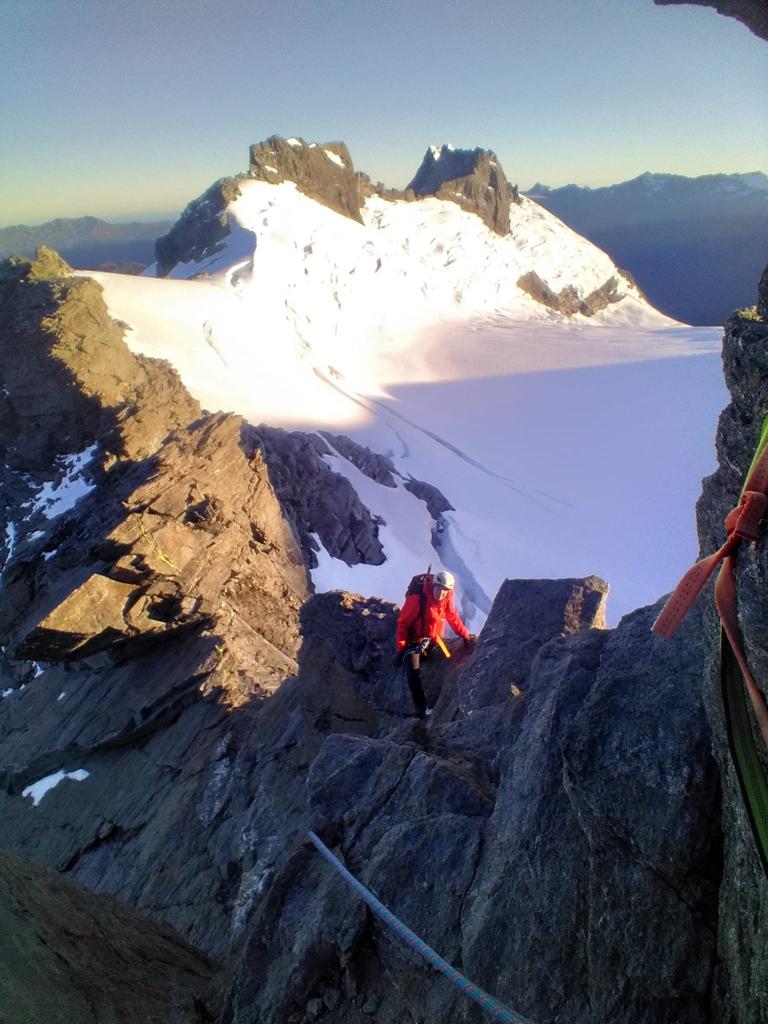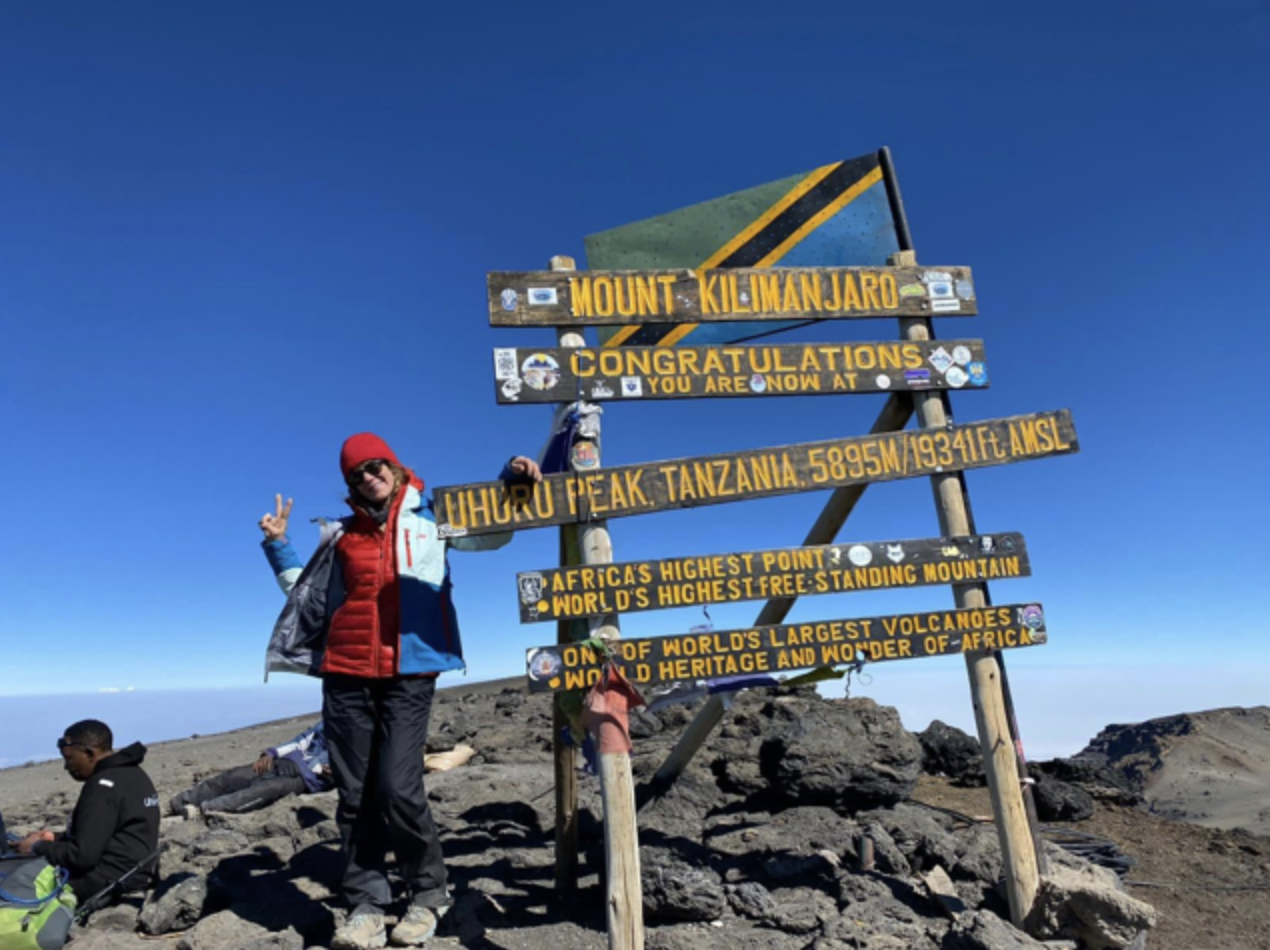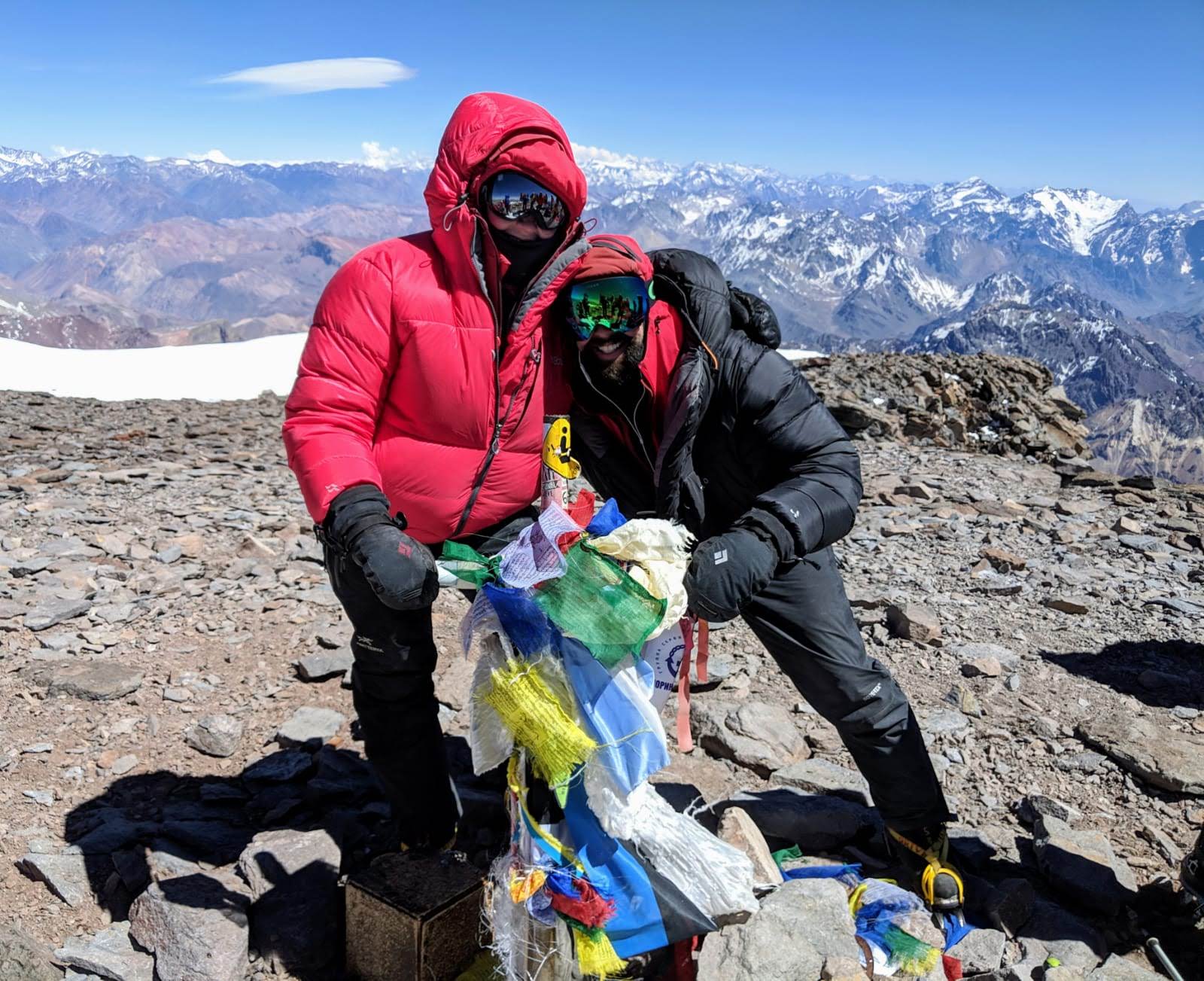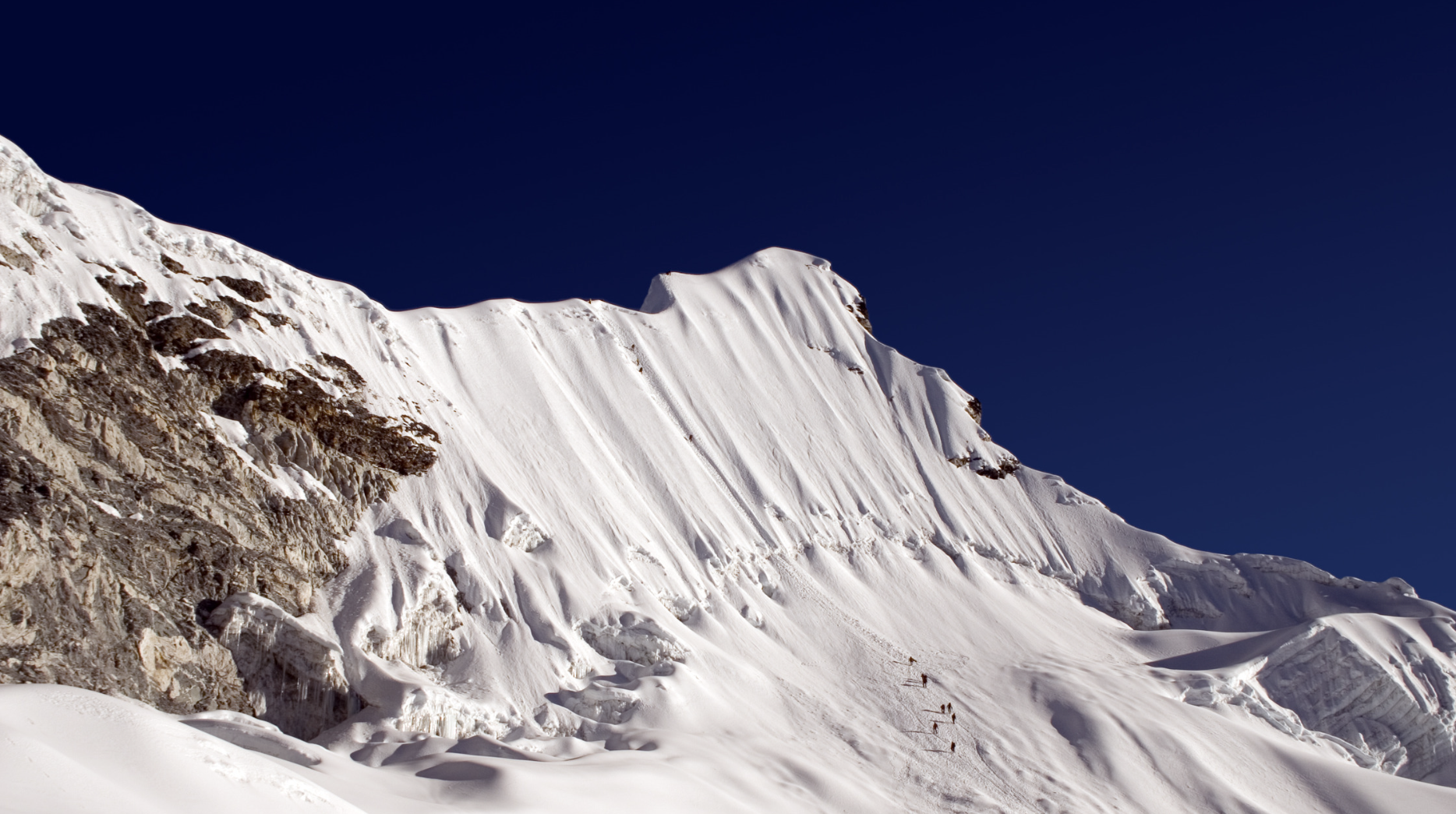I often have people reach out and email me their questions and concerns when it comes to all things mountaineering and trekking. So, instead of just answering each persona and their individual question, I decided to collect all the most commonly asked questions and make them into a blog. Readily available for you to read and learn. You may even have some of the same questions as the people who reached out to me but if you have a question that you can’t find here then please drop me a line on my Contact Page and I will happily answer and share my advice and experience.
How Do You Train To Climb A Mountain?
There is a long and a short answer to this.
The short answer – always with a plan.
I say it time and time again to those who ask for my best advice on training for a mountain or trekking route. Just have a plan. Even if it’s only an average plan, I can guarantee you will still be training more than someone without a plan. Of course a mountaineering & trekking training plan specific to your body and what you have planned is the best option but if you can’t get that then make your own plan and follow it.
The long answer – read my other blog.
Checkout the training section of my blogs, you’ll find heaps and heaps of helpful information in there but first read “The 5 Essential Training Principles Of Mountaineering & Trekking”. Once you understand these 5 principles and their importance, you’ll be able to implement them and be in the absolute best physical condition to tackle any trekking mountain or hiking route.
Best Exercises For Mountain Trekking?
The best exercises all simulate the same movements you will experience on your adventure. And to make them even better, always try and do them with your backpack on and in your trekking/climbing shoes.
- Step ups
- Uphill walking
- Walking over uneven terrain for long periods of time
- Walking lunges
- Balance exercises
- Core exercises (see question below for more detail)
- Side step ups – going up and down a steep hill/flight of stairs
- Banded squats – both traditional and crab squats
Those are just a few of the best exercises and movements you can do when you are training, but always keep in mind to do the movements that simulate your adventure as closely as possible.
How Long Does It Take To Train For [insert mountain or trekking route]?
Two years ago, I would have laughed and said, “well, how long is a piece of string?” but that was before I developed my High Altitude Training Formula. I combined the most important details to create the formula – your current fitness level, the highest altitude point you’d reach and the duration of your adventure. The answer you get is the ideal number of hours you should be training per week.
So, I still can’t actually answer how long you need to train for your adventure but I can direct you to my book, where you will find the formula and the exact instructions on how to use it and apply it to your own training plan.
How Do You Train For High Altitude Mountaineering?
See my previous answer to the first question.
How Do I Increase My Mountain Climbing Stamina?
In this case, climbing refers to all the trekking/hiking high altitude mountains and not the technical climbs that require technical skills. So, how do you increase your stamina or endurance – by spending more hours on your feet and including a higher repetition range for the exercises you choose to do. Overtime this will help build the muscles you need and the specific muscle fibres (specifically your slow twitch muscle fibres) and metabolic pathways (mainly your aerobic process) that are necessary to endurance type adventures.
Best Knee Exercises For Trekking?
A lot of people struggling with knee pain on the way down a mountain or trek. The best ways to prevent knee pain is by doing a combination of strengthening the muscles surrounding the knee joint and including a regular stretching routine into your weekly training. One of my FAVOURITE exercises for my clients to help prepare them and strengthen their thigh muscles is called a Sissy Squat. This is without doubt the best exercise for any mountain or trekking route, in particularly the downward section!
Stretching wise, make sure you focus on your hip flexors, quads and hamstrings. After each day on your adventure, take a little bit of time to stretch your legs as well as massage your front thigh muscles. It will do your knees the world of good!
Best Core Exercises For Hiking?
You need to be doing a combination of static and dynamic core exercises. The static exercises strengthen your isometric muscle contractions while the dynamic strengthens the isotonic contractions. Both are equally important for your adventure. Here are a few of my favourite and the ones I usually use in my training plans for my clients:
- Jacknife
- Front plank
- Side plank
- Mountain climbers with a band around your feet
- Standing mountain climbers with a band around your feet
- Leg raises with isometric holds
- Panther shoulder tap
- Wood chop
- Unilateral push up plank
With all core exercises, remember to exhale during the movement where you need your abs to do the most work. For example, inhale as you lower your legs and exhale as you lift your legs back up on a leg raiser. Exhaling when you most need your abs automatically causes your abdominal sheath to contract thus making sure you are using your ab muscles and not your back or upper thigh muscles to perform the movement.
Training Preparation For High Altitude Mountain or Trekking
Again, see the answer to my first question for this.
Kilimanjaro Training Guide?
Click here to buy and read “A Step-By-Step Manual To Mountaineering & Trekking Around The World”. You’ll find everything you need to know to prepare for Kilimanjaro from training, to nutrition, to gear, to tips and best practices for the actual climb up Kilimanjaro as well as some of the most powerful mentality techniques to help you reach the Summit.
How Do You Prepare Your Body For High Altitude?
The first thing I have to say is, you cannot out train altitude. Meaning even the fittest people alive can suffer from altitude sickness and struggle at high altitude. What you can do is be in the absolute best physical condition, specific to mountaineering and trekking at high altitudes to give yourself the absolute best chance of acclimatizing properly and therefore not struggling as much as someone else who perhaps hadn’t prepared themselves properly.
There are two things that you should pay close attention to in order to get in the ultimate shape for mountaineering and trekking – your training plan and your nutrition plan. Using these two plans in combination, you should aim to have a light and lean physique. Carrying extra weight (fat or muscle mass) means you have to work harder at altitude than someone who is lighter than you. Working harder means your body is under even more stress in an already stressful environment, making you more of a candidate for exhaustion, dehydration, and general fatigue, which not only affects your mindset but also can be the stepping stones towards the struggles of high altitude.
Do You Need To Train For [insert mountain or trekking route]?
I don’t even need to know the mountain or trekking route your thinking of.
The answer is always “yes”!
It is the amount of training that you need to be doing that varies with each high altitude adventure and each person doing the adventure. You should be training because climbing a mountain or doing a high altitude trekking route is not a regular thing for you, meaning your body is not used to that kind of physical exertion. So yes, absolutely, you should train! The only people who can get away with not training would be the professional mountain guides of this world, because their job already puts them in specific mountaineering or trekking training everyday. But I am assuming you are a normal person like me who needs to train for any and all high altitude adventures and not a mountaineering guide who spends their life on a mountain.
Best Exercises For Hiking/Trekking?
See my answer to the previous question – Best Exercises For Mountain Trekking?





